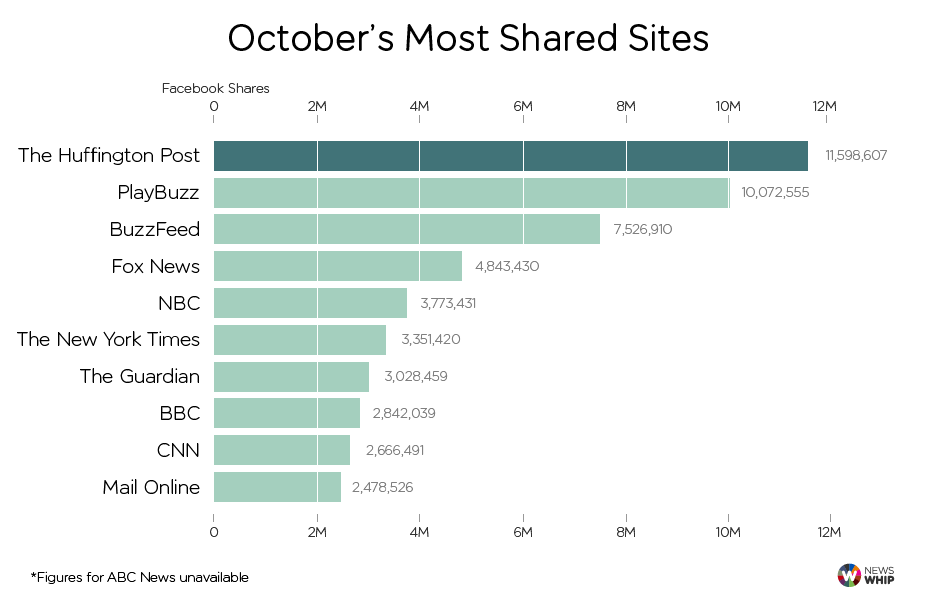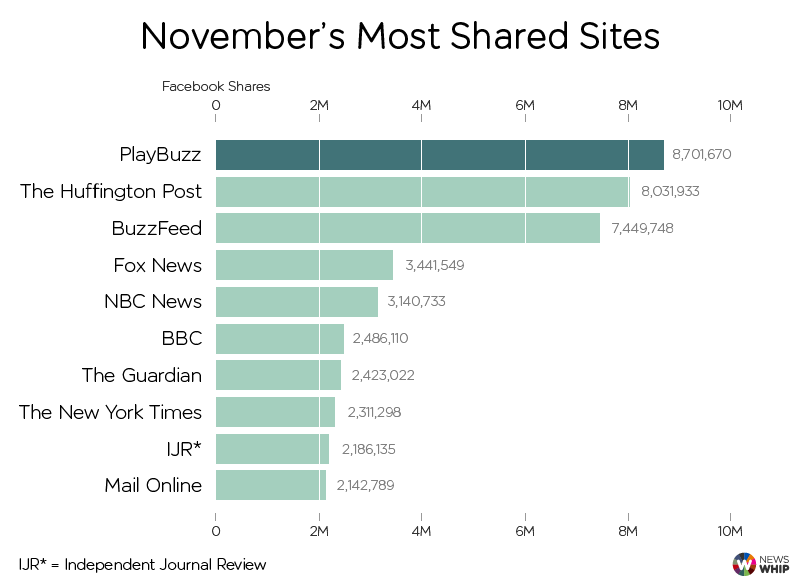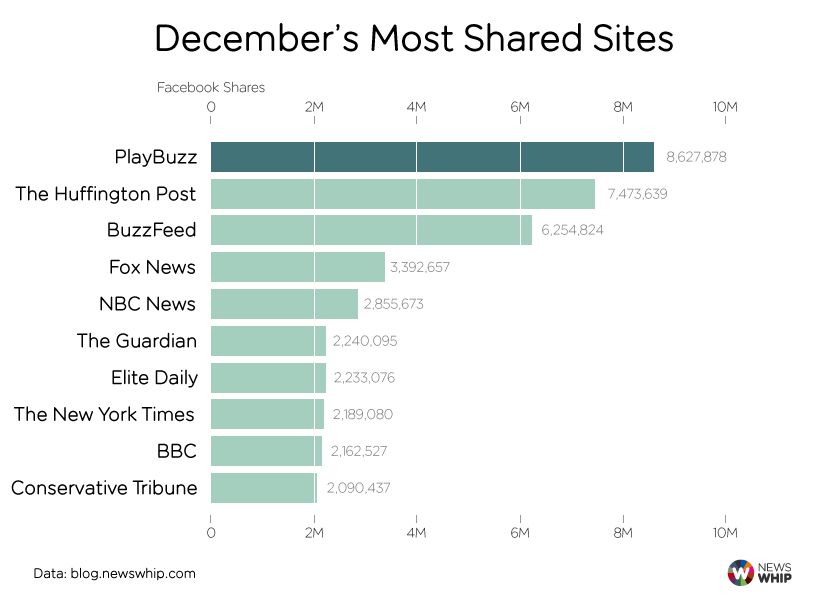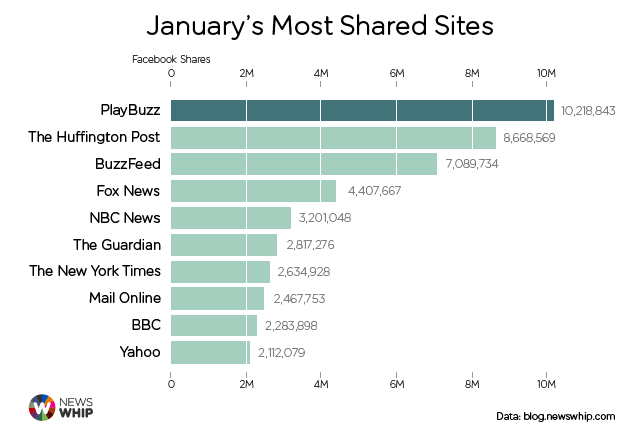Promise Kept

According to websites, a much larger website is no longer paying as much attention to them:
A staff member at one major UK publisher described the [reduction] in engagement as a ‘Faceboocalypse’, and said that his team had noticed “a change to news feed algorithm which drastically reduced the reach of many news sites’ posts”. The Huffington Post also acknowledged that they had seen a fall-off in Facebook engagement in recent weeks.
NewsWhip’s data team noticed the reduction when analysing data for the biggest Facebook sites of February 2015. A wide range of top publishers, including BuzzFeed, the New York Times, Fox News and more seem to have been affected.
The 100 most shared English language stories (which include quizzes and other viral content) on Facebook in February had just over 10.2 million combined engagements, compared to over 16.4 million for the same set in January.
This report from NewsWhip suggests that the consequences of Facebook favoring posts that don’t link readers away from Facebook (it’s sort of obvious when you say it like that!) are already being felt.
NewsWhip’s monthly rankings of most-shared sites used to be a little more exciting and surreal — early last year, a Viral Nova or an Independent Journal Review would just materialize out of nowhere, displacing, say, a USA Today. They have remained, month to month, reliably valuable for understanding what seems to be going on in the fetid content trenches (Contrenches). It is good to know, for example/I guess, that the top external site on Facebook is a publication composed almost entirely of quizzes. Anyway, something weird started happening late last year.
Here are the last four rankings:




The order didn’t change thaaaat much. It looked like publishers were settling in! And the general internet media narrative of this period was, by default, one of extreme growth. Big online news operations hired a lot of people, smaller ones got funding, new ones were summoned into existence from mid-tier VCs who suddenly felt like their portfolios were lacking in a certain virality. Here, however, are the total shares split between the top ten sites on Facebook:
October: 52,181,868
November: 43,214,987
December: 39,519,886
January: 45,901,795
This only includes the biggest publications, so it doesn’t tell us if the infinitely more numerous smaller sites are growing or shrinking, share-wise. And it’s only a few months! But this does not tell a story of clear, huge growth. The sites most successful at getting people to follow links on Facebook seem to have been hustling, against more and more competition, for a pool of shares that isn’t necessarily getting bigger.
This makes sense! People have been sharing links on Facebook for a long time, and publishers have gotten good at making sure those clicks lead in particular directions. At some point there had to be enough links — to news, to YouTube videos, to CONTENT — to satisfy whatever attentional deficit News Feed was operating with, and so competition was bound to get tougher.
But suppose NewsWhip is right. Suppose the share pool for outside sites is not just stable but getting smaller, because Facebook users would rather share videos than links to sites that embed videos. And suppose that Facebook is very happy about this because Facebook is a company motivated by obvious and understandable self-interest. Fine! The internet is a big place. But suppose you’re a large website that gets half or more of its traffic from Facebook, but only after a years-long investment in getting traffic from Facebook. Suppose your links have served their duty and are now being sent home. Now what? Funny you should ask!
Gif from Gizmodo
